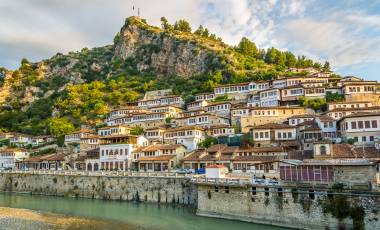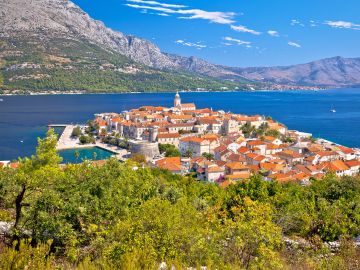
5 Lower-Carbon Trips To Consider This Summer
We believe travel can and should be used as a force for good, so as a business we aim to improve life through travel — for the places we visit, the people we meet, and the planet we explore. And one of the ways we’re doing this is by finding solutions on how to reduce the carbon footprint of our trips, which includes eliminating single-use plastics, eating locally sourced food, staying at accommodations that use renewable energy sources and looking for lower emission transport options.
Over the past year, we’ve been working closely with eCollective, a carbon consultancy firm to help map out the total carbon footprint of every one of our trips. Our numbers are based on calculations of carbon emissions from the food, accommodation, activities, the number of guides we have and the transport we use during our trips (not including inbound and outbound flights from other providers). These findings have helped us to create our Lower Carbon Collection – a group of selected trips that generate lower levels of CO2 per person, per night.
We also encourage our customers to choose low-carbon travel options such as travelling by train to and from our adventures, as we recognise that transport from other providers might result in higher levels of emissions. Our slow travel partner, Byway, can assist you in planning your route to multiple destinations across Europe. So, read on as we share five trips from our Lower Carbon Collection for you to consider on your next trip with us this summer.
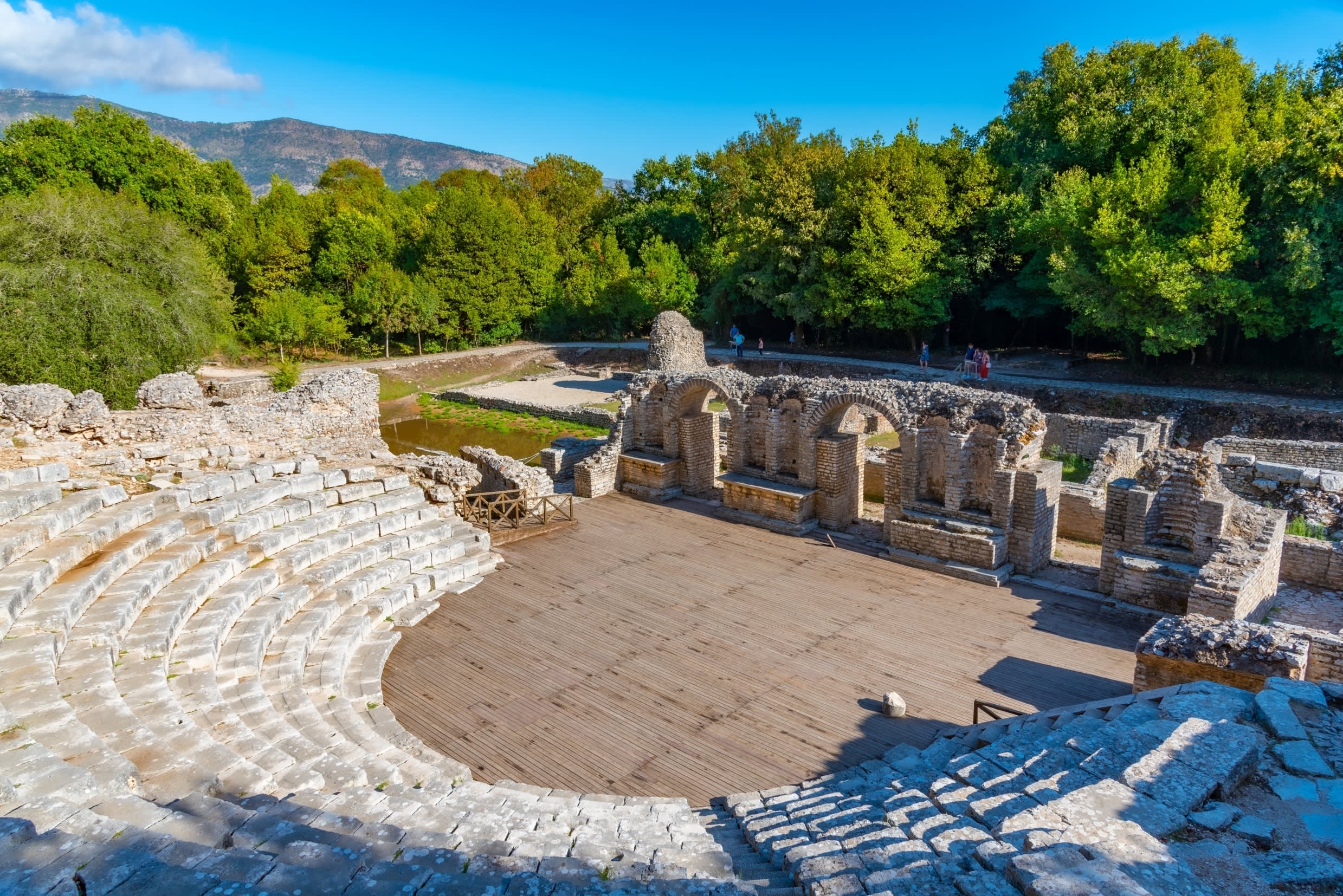
1. Highlights of Albania
Albania is quickly becoming a sought-after destination, after decades of flying under the radar. Remaining relatively undiscovered compared to other European destinations, it gives travellers looking for that off-the-beaten-track path charm the opportunity to explore the country’s pristine beaches, rugged mountain ranges and crystal-clear lakes. Albania is also known for its warm hospitality and fascinating cultural sites, which include ancient ruins, Ottoman-era mosques, medieval castles, and Byzantine churches. And you can experience it all on our 10-day Highlights of Albania trip that takes you from Tirana, the country’s capital, to the small historic village of Krujë.
Starting with a walking tour of Tirana, you’ll visit the modern Pyramid of Tirana, the Natural History Museum and the Blloku neighbourhood before heading to the artists’ village of Voskopojë. After visiting one of the oldest churches, which showcases the village’s religious art, you’ll head to Korçë, to visit its Medieval Arts Museum. On day four, a scenic drive offers stunning views of Gramos and Nermercka mountains on your way towards Ersekë, the highest town in the country. Here, you’ll get to enjoy the local hot springs before heading to Përmet – a city renowned for its gastronomy. We’d recommend you try their local gliko sweets with rakı, one of the nation’s favourite drinks produced from a raisin and grape spirit called suma.
On day five, you’ll explore Gjirokastër town, and stop to visit the traditional village of Dhoksat for a homecooked lunch, where all the ingredients are sourced locally. The following few days will be spent seeing the UNESCO-listed Butrint and Llogota National Park. Visits to Berat and Durrës on days eight and nine, give you the chance to appreciate the region’s pretty white buildings and the largest amphitheatre in the Balkans. You’ll round off this incredible adventure, with a visit to the medieval bazaar of Krujë, where you’ll get the opportunity to purchase beautiful handmade souvenirs and mementoes, which all help towards stimulating the local economy.
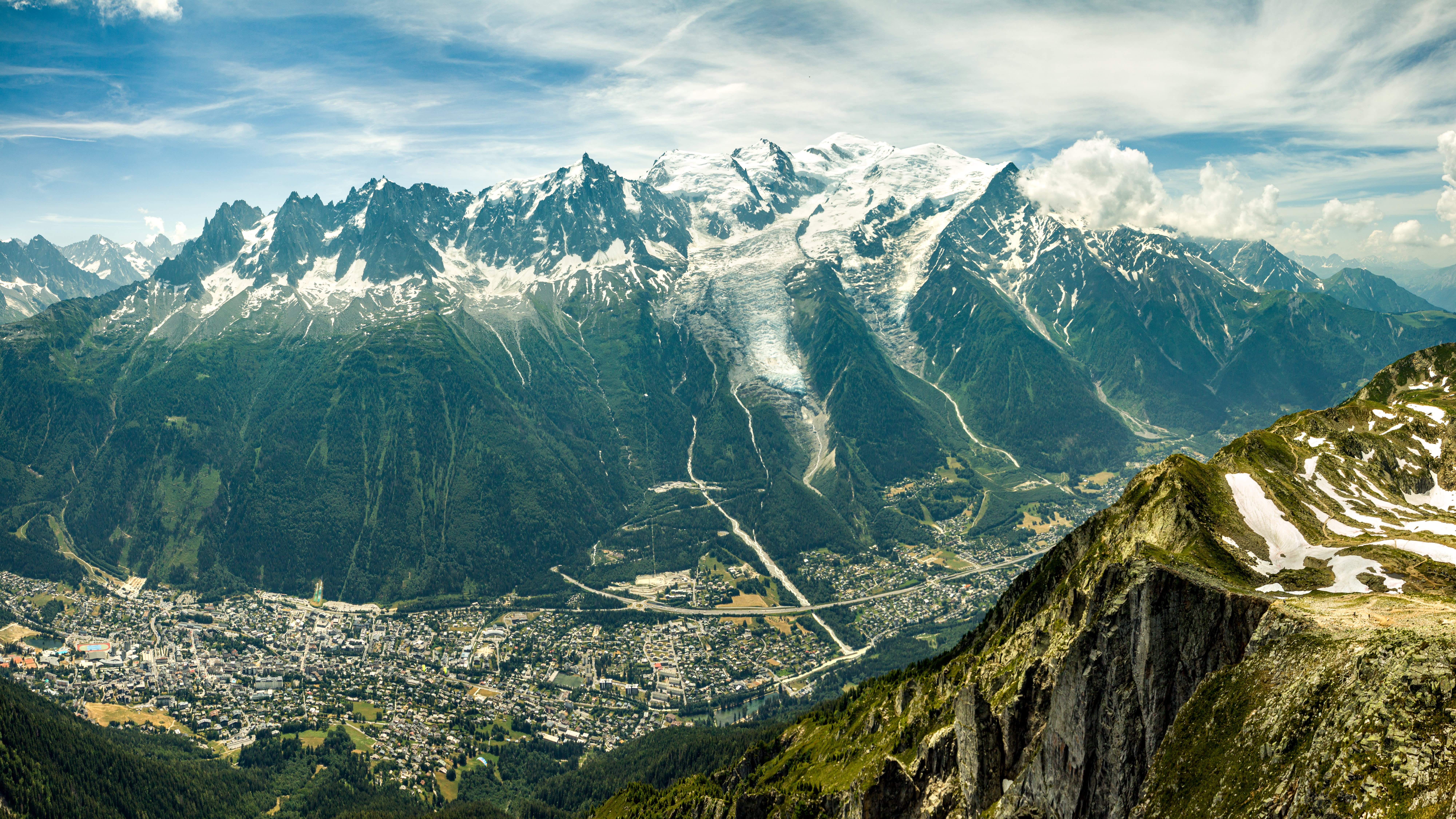
2. Tour du Mont Blanc Camping Trek
If you’re thinking about trekking through Mont Blanc this year, why not consider our Tour du Mont Blanc Camping Trek, which allows you to stay in campsites, offering a less carbon-intensive alternative than your average hotel stay? The energy used to run campgrounds produces far less carbon emissions than traditional hotels and you’ll find that many campgrounds integrate eco-conscious amenities, including recycling facilities and renewable energy lighting. Throughout this trek, you’ll benefit from our dedicated camp support leader who will give you 24/7 support and be there to take care of all the logistics and catering, where food is sourced locally.
This point-to-point trek, which involves 10 days of trekking and three rest days allows you’ll cover spectacular routes across France, Switzerland and Italy. Your adventure begins at the campsite in Les Bossons, which boasts stunning views of the crevassed Glacier des Bossons, and the towering Mont Blanc. On day two, you and the group will follow the Grand Balcon Sud from Chamonix to Les Frasserands, before ascending Aiguillette de Posettes (7,200ft/2,201m) the following day, where you can see views towards Mont Buet and into Switzerland. On your way to the Col de Balme (7,190ft/2,191m), you’ll pass across the border to Switzerland before descending to Trient, which overlooks the Trient Glacier. Trekking over the Col de Forclas and past the town of Martigny, you’ll take the Bovine route towards Champex, a picturesque village, known as “little Canada” thanks to its beautiful alpine lake nearby. On day five, you’ll be walking along the east side of the main Mount Blanc Massif passing alpine farms and the remote village of La Fouly. The following day marks the highest pass of the trek – the climb to Grand Col Ferret (8,320ft /2,537m) and the day you pass into Italy.
Over the next couple of days, you’ll enjoy a rest, before traversing Val Ferret and on towards Courmayeur (4,030m/1,230m) where you’ll make a well-deserved pitstop for some Italian gelato. Days nine and 10, see you re-enter France across Col de la Seign, where you’ll trek through La Ville des Glaciers to Les Chapieux and on towards Col de la Croix du Bonhomme. One of the best views you’ll get of Mont Blanc occurs on day 13 when you make the rewarding ascent to Brévent (8,290ft/2,525m) to enjoy the panorama of Chamonix Valley, the Mont Blanc massif and its iconic peaks – a rewarding sight that will undoubtedly leave an imprint on your memory.
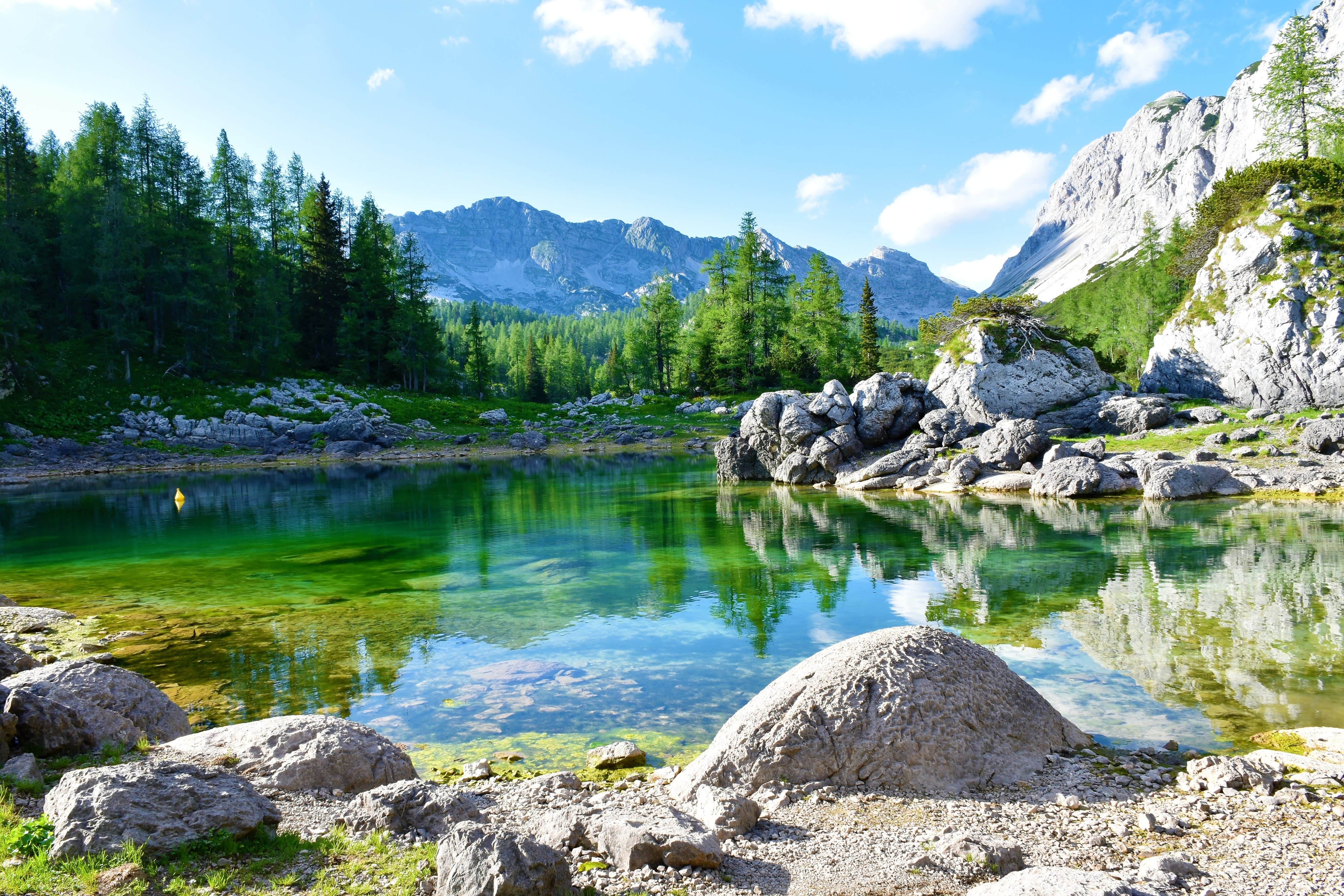
3. Lakes and Mountains of Slovenia
The Lakes and Mountains of Slovenia is another lower-carbon trip, thanks to it being a single-centre-based holiday, at the charming two-star Pension Kunstelj, which is run by the fourth generation of the Štiherle family. Staying in one place cuts down CO2 transportation emissions as there are no transfers from hotel to hotel. The hotel also has a large vegetable plot, where the staff pick fruit and vegetables to use for their guests’ dinners in the evenings. They also keep bees and sell the honey locally. These self-sufficient methods also help to reduce the impact on the environment as they eliminate plastic waste and transportation emissions from having to source food from suppliers.
On this spectacular eight-day trip, you’ll enjoy varied walks along forest trails through the Karavanke mountains and Triglav National Park. En route, you’ll explore the medieval town of Radovljica, trek through the Martuljek Gorge and hike to the peak of Golica (6,023ft/1,836m), which makes up the longest ridge in Slovenia. Afterwards, you’ll enjoy a free day where you’ll have plenty of optional activities to keep you busy, including horse riding, rafting, a visit to Postojna Cave Park, or taking the public bus to explore the country’s striking capital, Ljubljana. This adventure comes to a close, with enchanting walks around the shores of Lake Bohinj and the beautiful, forested area of Pokljuka.
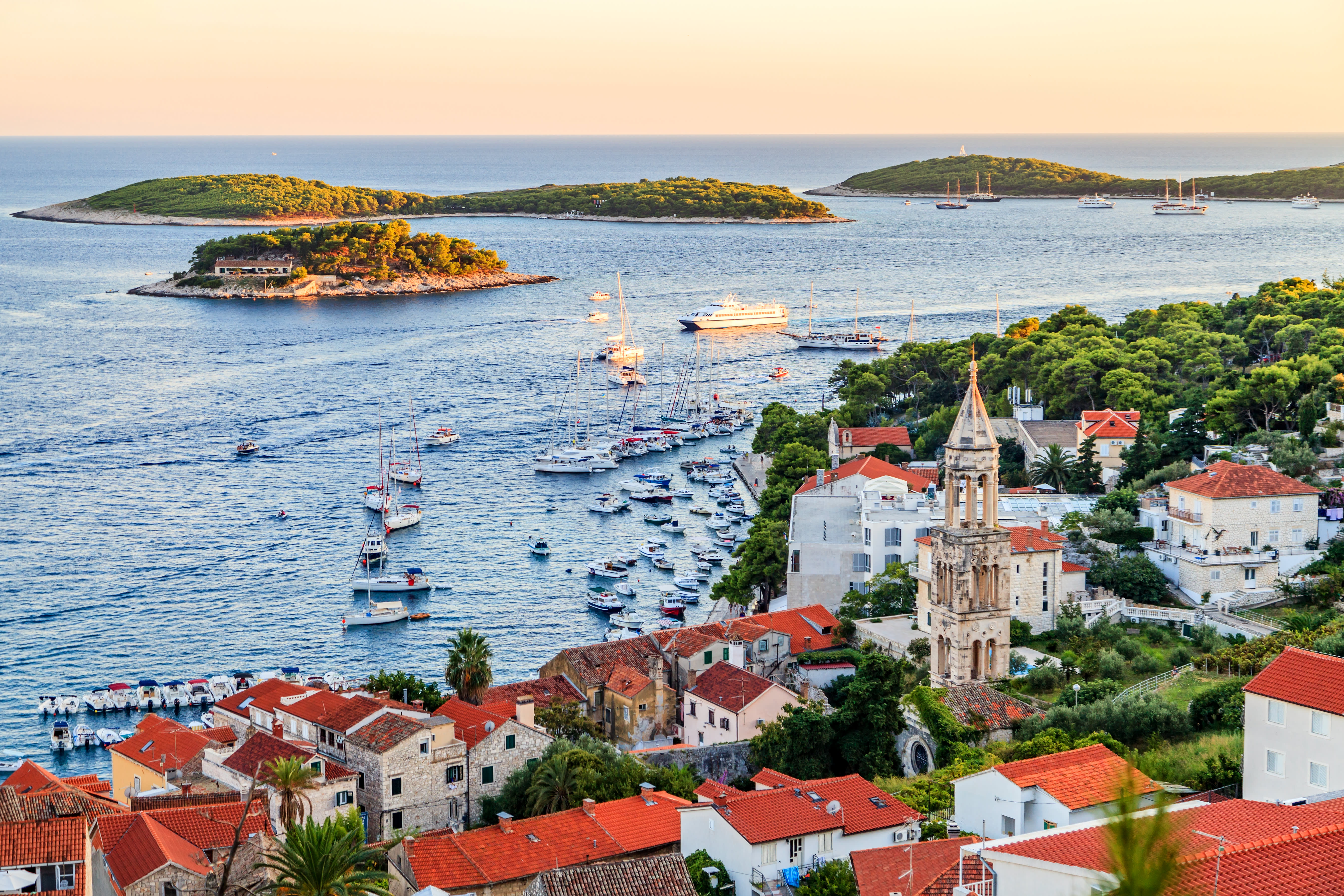
4. Cycle Croatia’s Dalmatian Coast
Another lower-carbon trip to consider is one of our most popular cycling trips – Cycle Croatia’s Dalmatian Coast. On this trip, you’ll be mainly riding on paved roads between quaint Dalmatian towns, cutting the need for excessive transportation which helps to decrease carbon emissions. Along the way, our expert guides also encourage travellers to eat in family-run restaurants whose produce is all sourced locally.
This eight-day island-hopping adventure takes you on an epic journey from the marble-lined streets of Split to the turquoise coves of Dubrovnik, but it’s not just these major cities you get the opportunity to explore. You’ll also spend time cycling past olive groves, small villages and tiny local vineyards on the islands of Hvar and Korčula. A free day, on day four, also gives you the option to visit Mljet to discover its extensive cycling trails in the island’s lush national park. You and your group will round off the adventure with a heady ride through vineyards along the Pelješac Peninsula, before enjoying a final day in Dubrovnik. Known as the “Pearl of the Adriatic”, take your time to explore Stari Grad’s beautiful Dominican monastery and the Tvrdalj castle, and end the trip with a delicious seafood dinner overlooking the town’s iconic port.
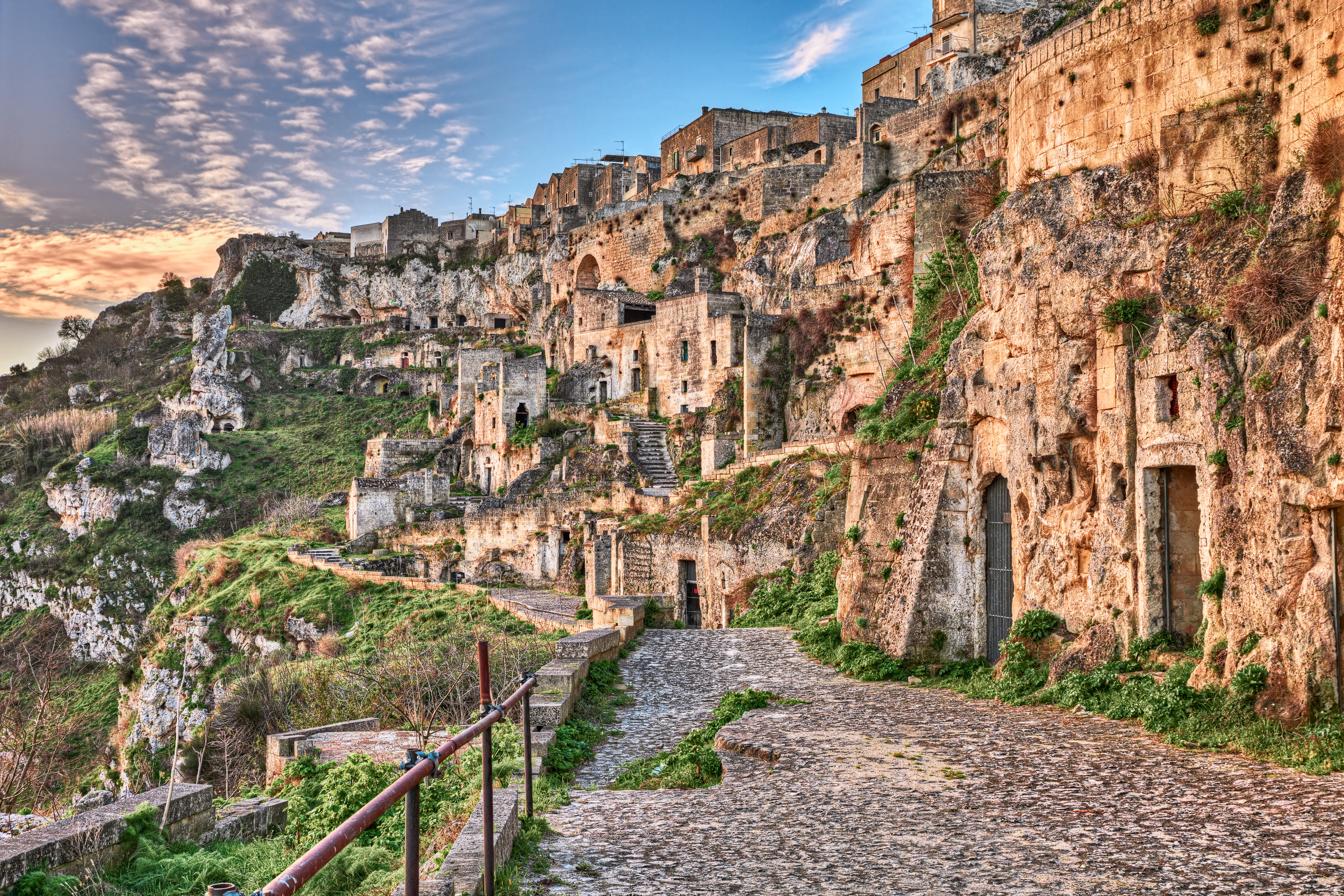
5. Cycling Puglia & Matera
Last up is our Cycling Puglia & Matera trip. Like our other cycling trips in Europe, this itinerary produces less carbon emissions, as you’ll be riding between different cities and towns from the fascinating Sassi District in Matera to the Baroque town of Lecce, cutting down the need for transfers which cause higher carbon emissions. You’ll also enjoy some stays in renovated traditional buildings, like Masseria Bosco, a bucolic farm estate in Avetrana, on day four. This accommodation is a highlight for many, as dinner is made from home-grown farm ingredients and local Puglia produce. We’d recommend trying their great selection of homemade wines and olive oils.
In just eight days, you’ll discover key architectural highlights along the “Heel of Italy’s Boot” including the honey-coloured stone caves of Matera, the conical-shaped Trulli houses in Alberobello and the elegant, whitewashed houses in the hilltop town of Ostuni. But it’s not just beautiful buildings that make this part of Italy a must-see – the stunning beaches, quaint seaside towns and hidden turquoise coves along the Ionian Coast you’ll encounter along the way from Gallipoli to Lecce are equally as spectacular and memorable.
So, if you’re looking to make a more mindful choice this summer and pick a trip that generates less CO2 per person, per night, why not browse our full collection of Lower-Carbon adventures here?
